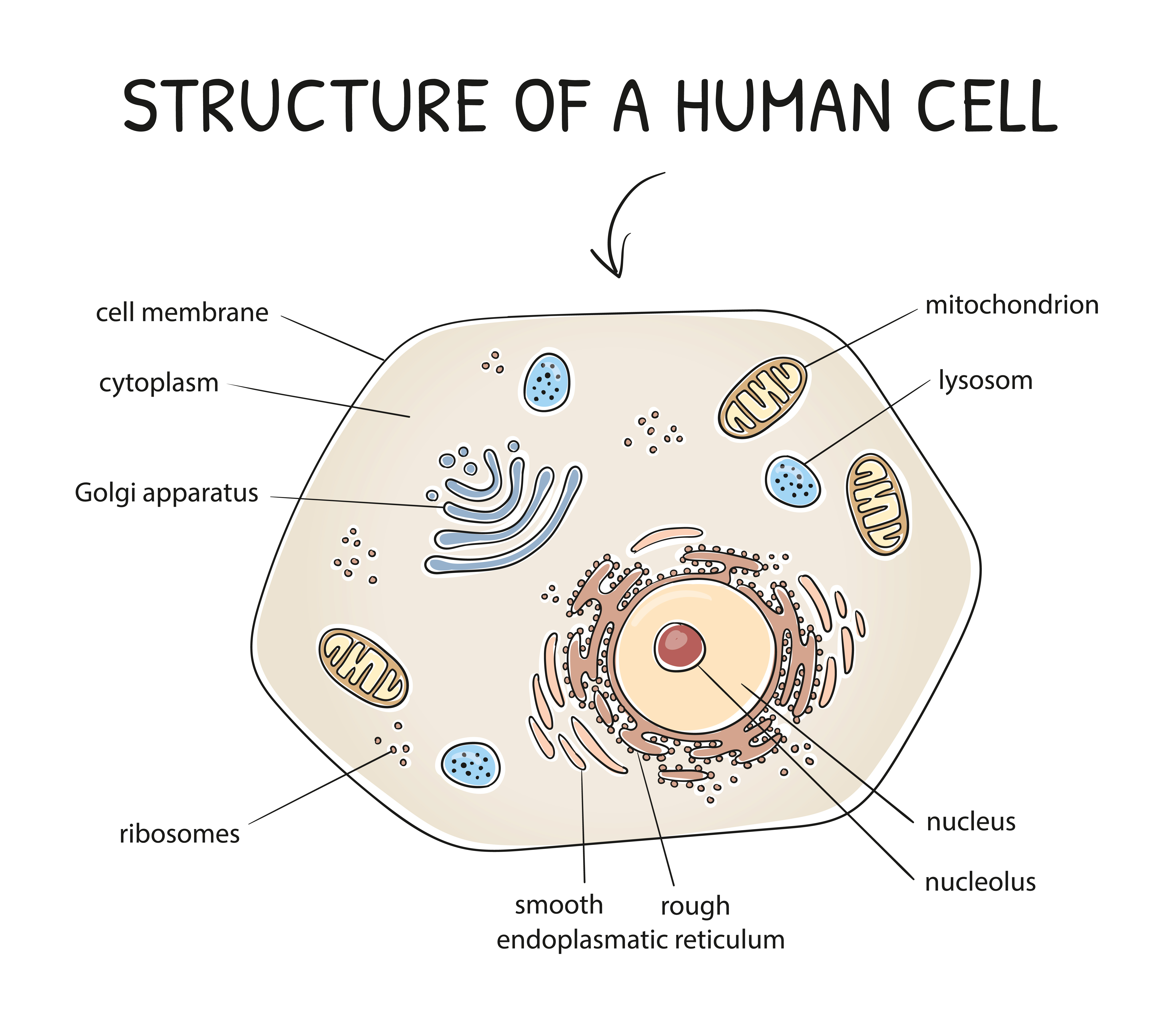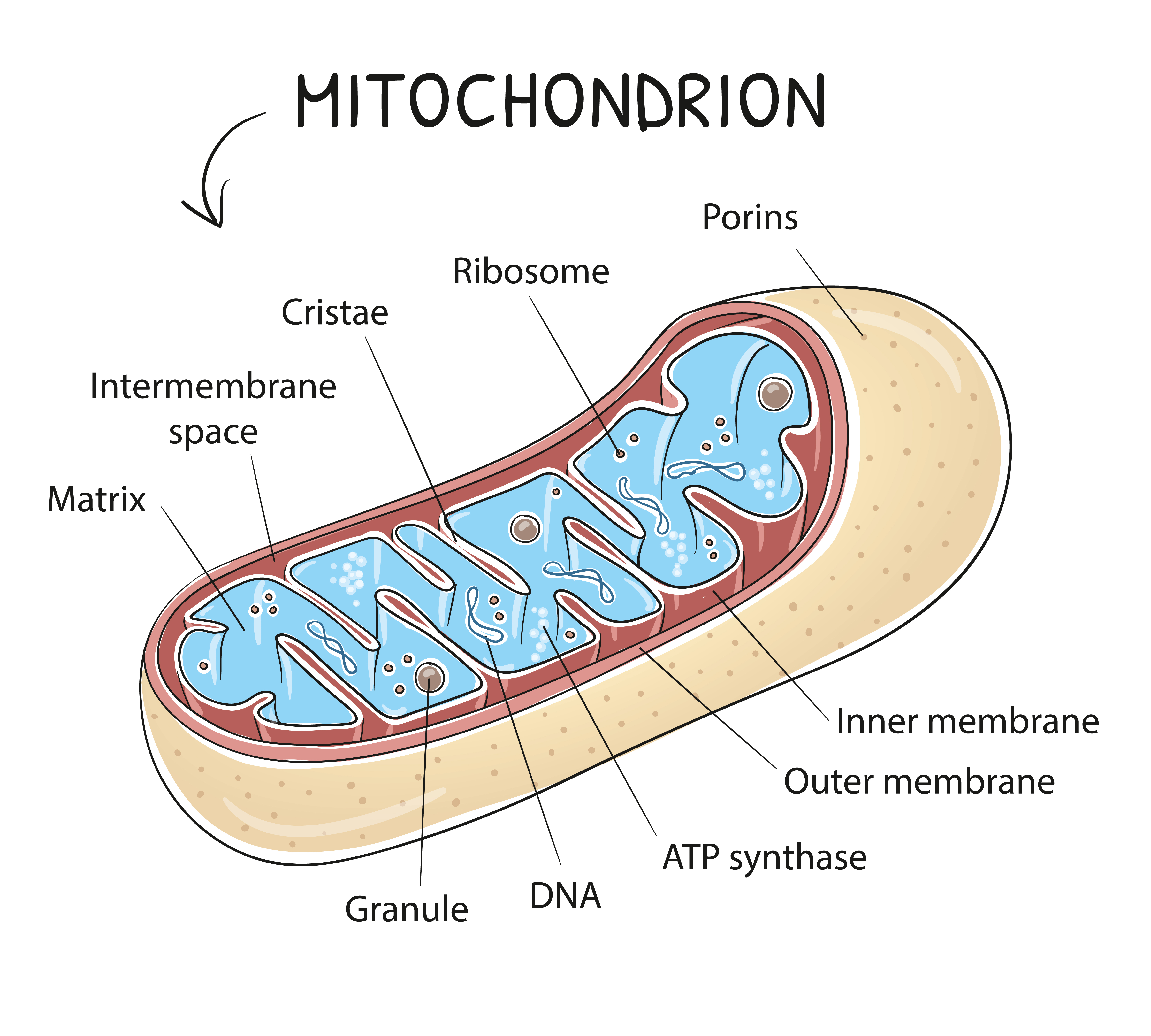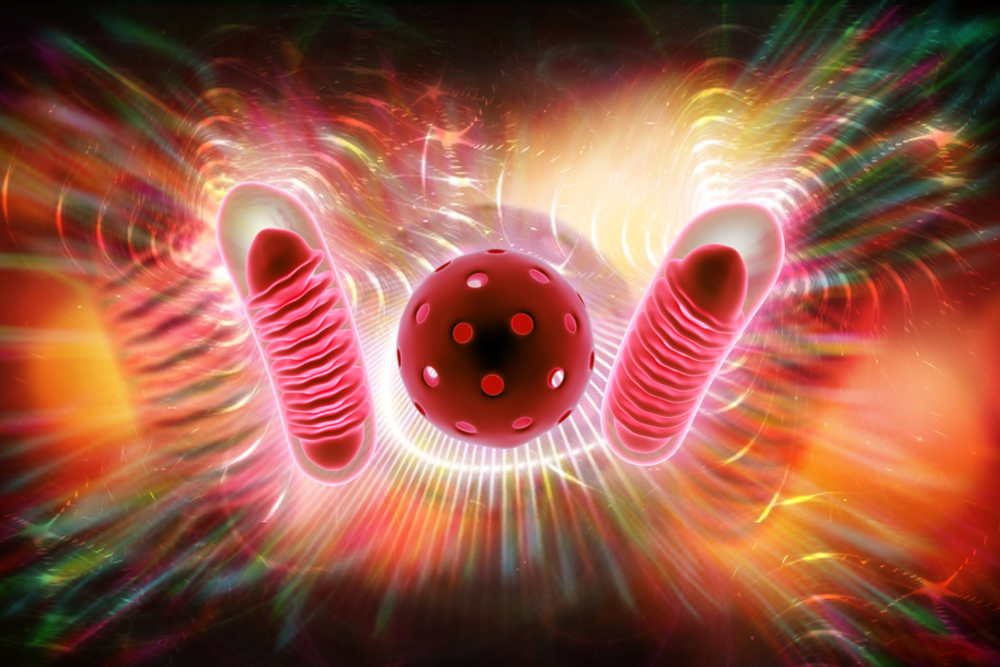Many of my clients hear me talk about the mitochondria. Constantly!
Why is this? Because the mitochondria is involved in every biochemical process that occurs within our cells. And because it is a topic that has fascinated me for years and is still very misunderstood.
As a result of questions I get around this subject matter I decided to write an article that hopefully explains it a bit better for the layman out there to help them understand how this could be playing a role in their symptoms or disease diagnosis.
Let’s look at what the purpose of the mitochondria is.
Mitochondrial Function
Our mitochondria are the ‘energy factories’ inside our bodies and inside our cells. Think of them as little furnaces and the food we eat as the coal that keeps the fire burning. You have several thousand mitochondria in nearly every cell inside your body with large numbers inside muscle cells such as the heart muscle. Athletes will tend to have a larger amount of mitochondria inside muscle cells than the more sedentary part of the population because the energy demand is so much higher during intense exercise. Mitochondria use oxygen to convert the food that we eat – protein, carbohydrates, sugar, fats – into energy which then provides power for all the biochemical processes that occur inside our cells such as metabolism. In fact, they provide about 90% of the energy that our bodies need to function properly.
The only cells devoid of mitochondria is our red blood cells. Red blood cells do not need oxygen to survive.


Energy production is a very important function of the mitochondria although it is only a secondary function. The primary function of mitochondria is in immunity and protecting us from invading organisms such as viruses, bacteria and parasites. But we’ll focus on energy production here.
Think about all the cells in your body that needs energy:
- Brain cells – to produce neurotransmitters to help you think, focus, concentrate and retain information.
- Pancreatic cells – to produce insulin and glucagon and regulate your blood sugar levels.
- Liver cells – to help you detoxify toxic substances from your surrounding environment.
- Kidney cells – to help you detoxify toxic substances as well as regulate your blood pressure.
- White blood cells – to provide energy for your immune system to fight of infections from bacteria, viruses, parasites, etc.
- Heart cells – to provide energy for your heart to pump blood throughout your body and deliver oxygen to your cells and organs.
- Muscle cells – to provide energy to muscle cells for exercise and movement.
- Gastrointestinal cells – to provide energy for your gut cells to absorb nutrients and repair itself. Many nutrients require an ATP-generated mechanism in order to be absorbed from your gut into your bloodstream. This means you need mitochondrial energy for nutrients to be absorbed from your food.
You get the idea?
What Is Mitochondrial Disease
Mitochondrial ‘disease’ is vastly different from mitochondrial ‘dysfunction’ or ‘dysregulation’. Understand that they are not the same.
Mitochondrial disease is very rare and also very serious. About 1 in 5,000 people have a true genetic mitochondrial disease. This involves mutations in mitochondrial DNA which is different to the cellular DNA packaged in chromosomes within the nucleus of the cell. It has long been assumed that mutations in mitochondrial DNA are exclusively inherited from the mother, but this has been disputed by experts such as Robert Naviaux and Thomas G. McWilliams.
Mitochondrial DNA can be inherited from fathers, not just mothers.
If you had a mitochondrial disease it is almost certain that you would have been diagnosed at or close to birth. Why? Because babies born with mitochondrial disease generally have very specific symptoms such as:
- Poor growth
- Muscle weakness or low muscle tone – floppy babies
- Vision and/or hearing problems
- Learning disabilities, developmental delays, mental retardation
- Autism or autism-like features (however, most cases of autism are NOT related to mitochondrial disease but rather mitochondrial dysfunction)
- Heart, liver or kidney diseases
- Neurological problems, seizures, migraines, strokes
- Movement disorders
- Respiratory (breathing) problems
- Lactic acidosis (build-up of lactic acid)
- Dementia
- And many more…
Infants with any of these symptoms will be tested for everything under the sun including mitochondrial diseases. Undiagnosed they don’t typically survive for very long.
You can read more here:
What is Mitochondrial Disease?
What Is Mitochondrial Dysfunction
Mitochondria dysfunction is not nearly as serious as mitochondrial disease. Mitochondrial dysfunction is not genetic and is reversable. This is important.
Since energy production is a major function of our mitochondria it doesn’t make it hard to imagine what the consequences would be if not enough energy is produced by cells in different organ systems. It would thus make sense that mitochondrial dysfunction would be related to symptoms and conditions such as:
- Fatigue
- Chronic Fatigue Syndrome (CFS)
- Fibromyalgia
- Body aches and pains
- Poor memory and concentration
- Inability or difficulty to exercise
- Poor liver and kidney detoxification
- Diabetes
- Cardiovascular (heart) conditions
- Immune dysregulation or problems fighting off infections
- Autism or autism-like behaviours
- And many more…
If you can provide energy to cells to perform their functions, then the cells, organs, and body systems will work the way they are designed to. Many diseases or disorders are given a name as part of a diagnosis, ie ‘You have chronic fatigue syndrome / fibromyalgia / heart disease / autism / dementia / diabetes’ etc. but ultimately they are all associated with mitochondrial dysfunction because the cells in the particular organ systems are not receiving the energy they need to function properly.
This provides a basic overview and understanding of the importance of mitochondria, but if you want to go more in depth into mitochondrial function you can read the articles below.
Mitochondria – NADH and ATP Production via Different Pathways
Mitochondria and Cell Danger Response
Mitochondria – What Happens When You Drink Alcohol?
REFERENCES:
United Mitochondrial Disease Foundation. What is Mitochondrial Disease?
Child Neurology Foundation. Mitochondrial Diseases
S. National Library of Medicine/Genetics Home Reference. What are the different ways in which a genetic condition can be inherited?




